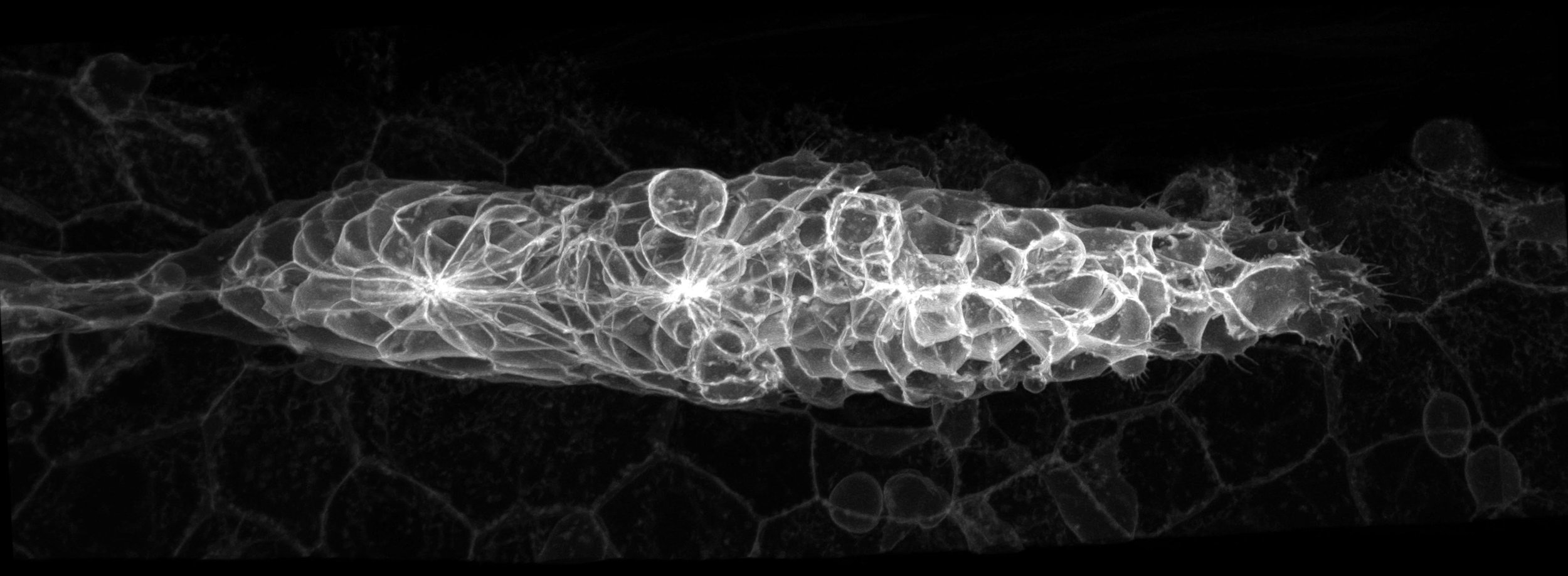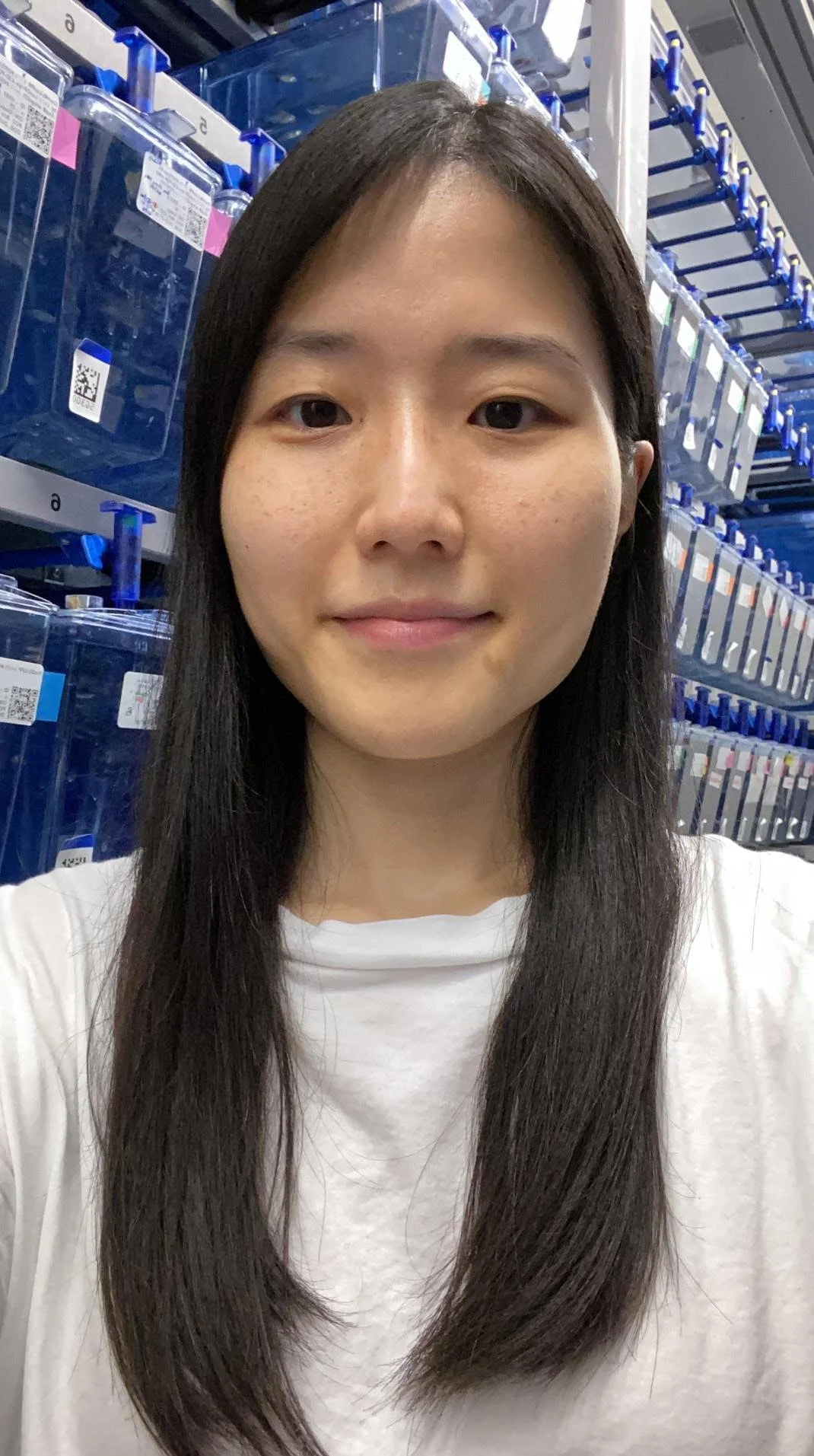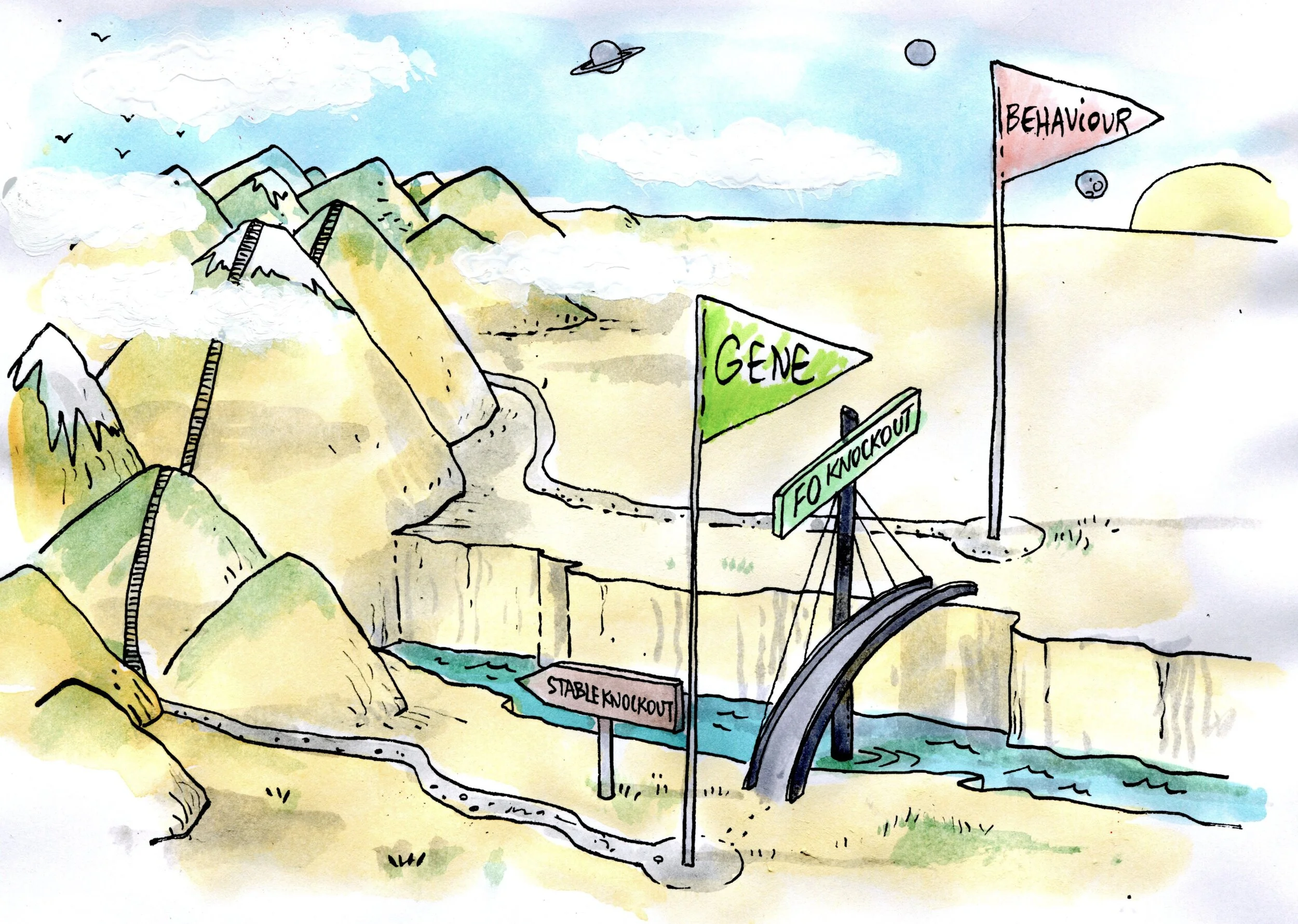Advances in CRISPR/Cas9 technologies allow researchers to rapidly test the function of genes by knocking them out in injected embryos, reducing the number of animals and time needed to generate stable mutant lines (Kroll et al. 2021 eLife 10: e59683; https://doi.org/10.7554/eLife.59683). However, determining the efficacy of CRISPR/Cas9 ribonucleoproteins (RNPs) often requires access to expensive and specialised equipment (e.g. deep sequencing or high resolution melting analysis) or restricts the potential target sequences (e.g. restriction fragment length polymorphism analysis).
Recently, we adapted and piloted a method of suppression PCR called headloop PCR (Rand et al. 2005 Nucleic Acids Research 33: e127, https://doi.org/10.1093/nar/gni120; Kroll et al. 2021 eLife: 10:e59683). This proved to be a sensitive and robust way to identify non-functioning and low efficiency guide RNP complexes. We’ve observed that headloop PCR is sensitive to a wide range of mutations, including small compound indels, and those at low copy number. Its performance correlates well with deep sequencing analysis. It is simple, cheap and easily adoptable, requiring only basic molecular biology reagents and equipment, and is flexible, with no constraints on guide RNA sequences.
Importantly, we believe it could also be used to support the aims of the 3Rs project – to help reduce the use of animals in retesting negative results and in the generation of stable mutant lines. Having identified genes of interest for further study, researchers can use the same validated RNPs to create inherited stable mutations. Unfortunately, most methods only indicate that mutations have been made in the respective targets; determining the nature of those mutations can be difficult from ambiguous sequencing data. Because headloop PCR is effectively allele-specific, the reaction products can be sequenced to determine the nature of the inherited lesions directly.
For further details about headloop PCR and its use in testing CRISPR/Cas9 guides please see our article at eLife: Kroll et al. 2021 . More detailed information and resources for headloop PCR are available at our Protocols page.





































